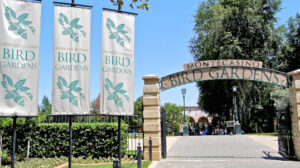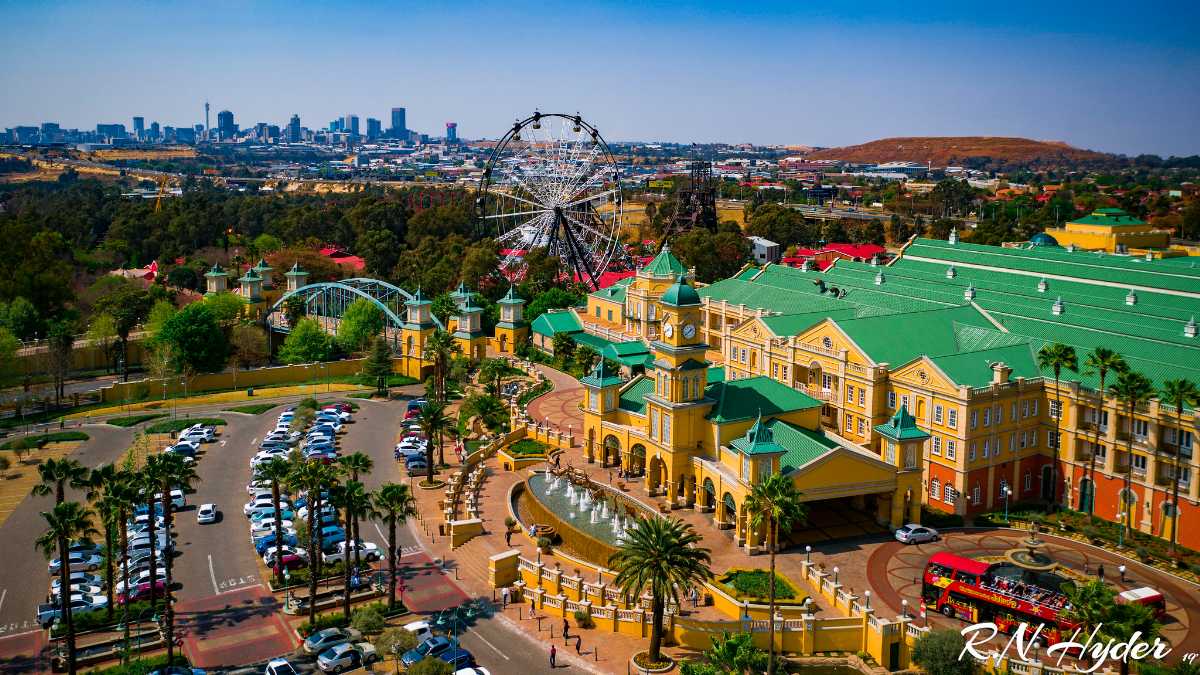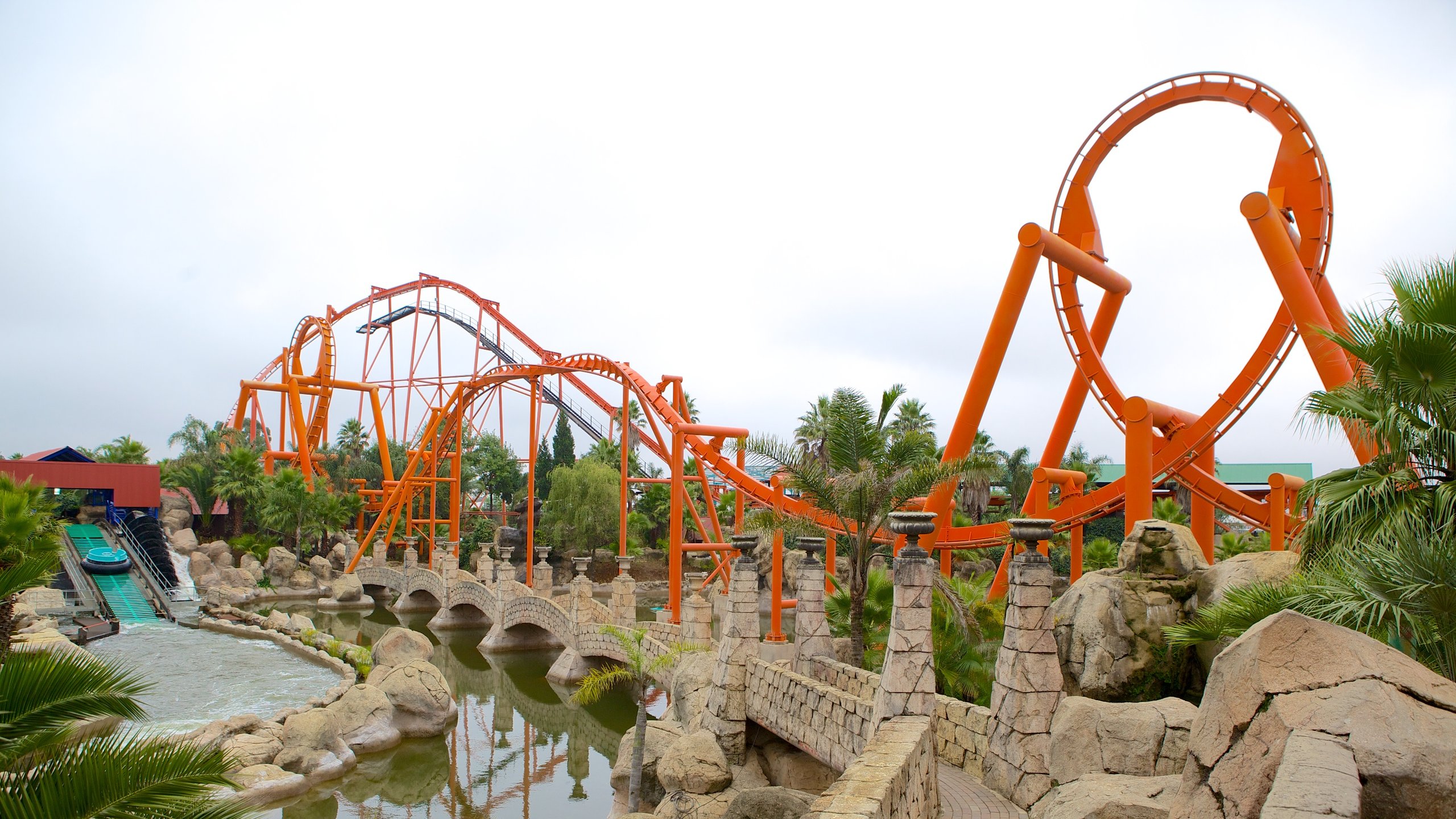Johannesburg North Attractions Fundamentals Explained
Table of ContentsJohannesburg North Attractions Fundamentals ExplainedThe smart Trick of Johannesburg North Attractions That Nobody is DiscussingIndicators on Johannesburg North Attractions You Need To KnowThe Ultimate Guide To Johannesburg North AttractionsThe smart Trick of Johannesburg North Attractions That Nobody is Talking AboutThe smart Trick of Johannesburg North Attractions That Nobody is Talking AboutJohannesburg North Attractions Things To Know Before You Get This
You need to maintain safety and security in mind and visitors have to continue to be sharp at all times when in strange surroundings. Talk with the citizens when you remain in community to learn about the location you are remaining in. Johannesburg North attractions. When on the road (this doesn't apply to mall and other safe environments) ideal basic advice is to attempt your finest to resemble a neighborhood and to prevent displaying any form of riches
The Only Guide to Johannesburg North Attractions
Teacher Revil Mason O. J. (Thomson, 1946) explored the Witwatersrand's pre-colonial background. His historical work exploded the 'em pty land' myth, according to which the area was lacking human habitation prior to the arrival of European inhabitants. In his publications Prehistory of the Transvaal: A Document of Human Task (1962) and Beginnings of Black People of Johannesburg and the Southern Western Central Transvaal AD 3501880 (1986 ), Teacher Mason demonstrated the extent of social and economic growth in the location before Europeans established foot below.

The Ultimate Guide To Johannesburg North Attractions
He showed the government's consent, granted after he had vowed to maintain his explorations trick. In 1874, small-scale mining operations were begun in the Magaliesberg, where an Australian, Henry Lewis, had discovered gold deposits. In 1878, David Wardrop discovered gold in quartz blood vessels at Zwartkop, north of Krugersdorp. In 1881, Stephanus Minnaar found gold on the farm Kromdraai, near the Cradle of Mankind.
In March 1886, an outcropping (quickly to be called the Key Coral reef) was discovered, fairly fortunately, on Gerhardus Oosthuizen's farm Langlaagte. Some say that the Lancastrian coal miner George Pedestrian uncovered this coral reef. One more itinerant English miner, George Harrison (who had formerly worked in Australian mines) obtained a prospecting licence in respect of Langlaagte in May 1886.
He decided to carry on in a quest for greener pastures, and disposed of his Langlaagte insurance claim for the baronial amount of 10. Alas: below lay the richest goldfield ever discovered. The exploration of this rich auriferous reef prompted a gold thrill that indicated completion of agrarian serenity in the southerly Transvaal.
It would, within 6 years, become the biggest town in southerly Africa. Within a decade, it would make the Z. A. R. until after that an anarchical and bankrupt little state the richest country in Africa. By the turn of the century, the Z. A. R. was to surpass Russia, Australia and the United States of America to become the world's leading gold producer, creating more than a my response quarter of the globe's gold.
Johannesburg North Attractions - Truths
It was known as Ferreira's Camp, called after Colonel Ignatius Ferreira. He was a Boer traveler upon whom the British authorities had actually bestowed the standing of Buddy of the Most Distinguished Order of St Michael and St George (entitling him great site to the post-nominal letters C. M. G.) in gratitude for his duty in the battle that had actually deposed the Pedi king Sekhukhune in 1879.
Quickly the camp was including outdoors tents and wagons as novices got here daily from much and wide. By September 1886, some 400 individuals resided in Ferreira's Camp, which quickly boasted built iron and lumber structures. 2 various other camps were developed: Meyer's Camp on the ranch Doornfontein, and Paarl Camp. The latter was nicknamed Afrikander Camp; many individuals from the Cape Nest cleared up there.

The Main Principles Of Johannesburg North Attractions
This name gained currency by word of mouth, such that the State Assistant attested the name to the Mining Commissioner on 9 October 1886. Stands in the town were auctioned on 8 December 1886. While some stands were offered for 10, others were torn down for as little as sixpence.
2 years later, these erven were to change hands for as high as 750 each. The tented camps decreased as a dorp discover this of corrugated iron structures created and increased north of the mines situated along the Key Coral Reef Roadway. Locations such as Jeppe's Community (where working-class immigrants erected their homes) and Doornfontein (where the affluent brand-new 'Randlords' began to build their extravagant homes) were quickly included in the ever-expanding map of the town.
Johannesburg North Attractions Fundamentals Explained
Apart from the street names, there were no indications of Johannesburg being located in a Dutch-speaking nation., virtually everybody spoke English and even the Government servants addressed one in English, unless they were initial resolved in the Taal (or Low Dutch)'.
Thus, Britain had a rate of interest in making certain optimum problems for gold manufacturing on the Witwatersrand, and that the gold was exported to London rather than Berlin a necessary rendered even more clamant by the Z. A. R - Johannesburg North attractions.'s enhancing toenadering with Germany. Mine proprietors were on a clash with President Kruger, whose policy of monopolistic giving ins (frequently given to his cronies) stopped mining business from acquiring materials of materials (particularly dynamite) and work by themselves, cheaper terms
Getting My Johannesburg North Attractions To Work
In 1890, the Volksraad had actually restricted the franchise business to white males who had actually lived in the Z. A. R. for fourteen years or longer, therefore invalidating a lot of the immigrants (that took place to be the major factors to the fiscus). Anxiety for the vote was a mere pretense for promoting a various agenda; many uitlanders concerned themselves as temporary site visitors and had no objective of remaining in the Z.